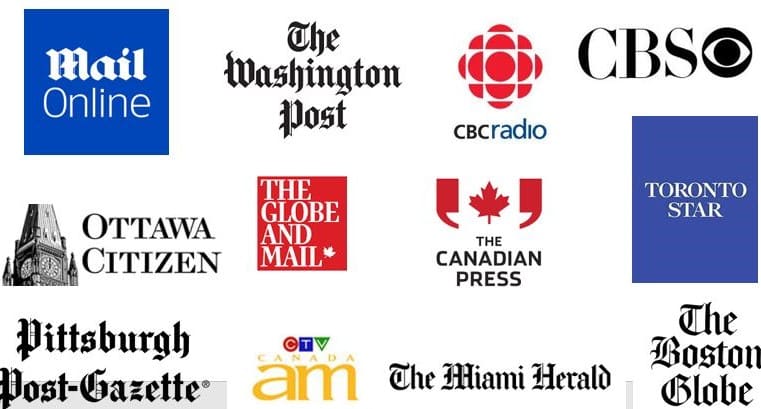 Food safety has been a historical issue. Ensuring food safety throughout the supply chain is important in promoting public health. However, safety practices keep changing due to modern innovations and societal changes.
Food safety has been a historical issue. Ensuring food safety throughout the supply chain is important in promoting public health. However, safety practices keep changing due to modern innovations and societal changes.
While traditional preservation methods were relied on initially to prevent spoilage and extend the shelf life, poor hygiene led to contamination and illness. The industrial era has brought about significant changes in food production and distribution. Mechanization and refrigeration technologies changed how food is grown and transported. Below is a brief overview of food safety from the Gilded Age.
Early Concerns During the Gilded Age
The Gilded Age brought along significant changes in food production and distribution. This period of rapid industrialization improved efficiency in food production and processing but created new challenges.
The primary concern during this period was the lack of regulations in this industry. There was minimal government intervention, leaving food producers and manufacturers free to make decisions. Lack of control led to serious public health risks. For instance, some manufacturers used harmful products to extend the shelf life of food items.
Urbanization and expansion of road and rail networks also enable mass distribution of food products. Unfortunately, poor sanitation was still an issue. Similarly, most products spoil before reaching consumers in urban centers.
Fortunately, the public became increasingly aware of these safety issues. This led to the rise of early safety advocates like Dr. Harvey Wiley. He conducted studies to expose the dangers of adding preservatives and additives to food products.
Journalists also joined the movement, providing more coverage to these advocacies. This increased the pressure to establish safety regulations, and the Pure Food and Drug Act eventually came to light. This was a notable victory for food safety advocates, as it protected consumers from misbranded and adulterated food items.
The act also introduced labeling requirements for food products. The label should disclose the ingredients and contents of packaged products. This ensures that consumers know what they are purchasing or consuming.
Additionally, this led to the creation of the FDA to enforce the act’s provisions. The agency oversees the safety and efficacy of foods and other items across the US. It should also conduct research and inspections to ensure all stakeholders comply with food and drug safety requirements.
Modern Advancements in Safety Sciences
Advancements in safety sciences have played an important role in preventing food-related illnesses. Breakthroughs in technology and microbiology have changed the basic understanding of food safety and the development of better control measures. Below are key advancements in food safety.
- Microbiological techniques: Modern microbiological techniques have made it easier for scientists to identify pathogens more accurately. PCRs, ELISA, and modern food safety equipment allow for rapid detection of pathogens and ease the traceability of outbreaks.
- HACCP: This is a systematic approach to food safety. These procedures help identify, evaluate, and control the dangers during food production. Focusing on critical control points has reduced foodborne risks to acceptable levels.
- Food safety management systems: The adoption of FSMS like the ISO 22000 have improved food safety standards. These practices are designed to ensure the safety and integrity of food products. Additionally, using a nutrition and ingredient label maker can further enhance quality assurance and food safety by providing customizable ingredient and allergen lists and automated allergen detection algorithms.
- Advanced packaging techniques: Modern methods of packaging food products have also improved safety. Active packaging systems with advanced features like oxygen scavengers extend the shelf life and reduce spoilage of food products. Manufacturers also use advanced equipment to prevent contamination during packaging. The use of X-rays like these from TDI Packsys ensures that packed items don’t have foreign objects.
These aside, emerging technologies like high-pressure processing offer great opportunities for improving food safety. They inactivate pathogens that cause spoilage while preserving the nutritional quality of food products.
Modern Challenges and Innovations
The modern space of food safety is full of dynamic challenges and opportunities. For starters, food-borne pathogens have evolved into drug-resistant variants. There is also globalization of food supply, with countries freely importing and exporting food products. While this increases access to diverse options, it makes it challenging to trace origin of pathogens.
Advances in food processing and packaging have also changed how food is consumed. Some processing procedures significantly degrade the nutritional value of food products. Fortunately, relevant agencies have embraced various technologies to improve food safety. For instance, remote sensing and monitoring allow for real-time monitoring and identification of farming practices that can affect food safety.
Endnote
The journey to food safety is full of significant challenges and milestones. For instance, during the Gilded Age, urbanization and industrialization brought positive changes in door production and distribution. However, this came with widespread concerns about adulteration. Similarly, the current global nature of this sector presents new opportunities and challenges. There is a need for collaborative efforts among governments and stakeholders to improve food safety standards.

